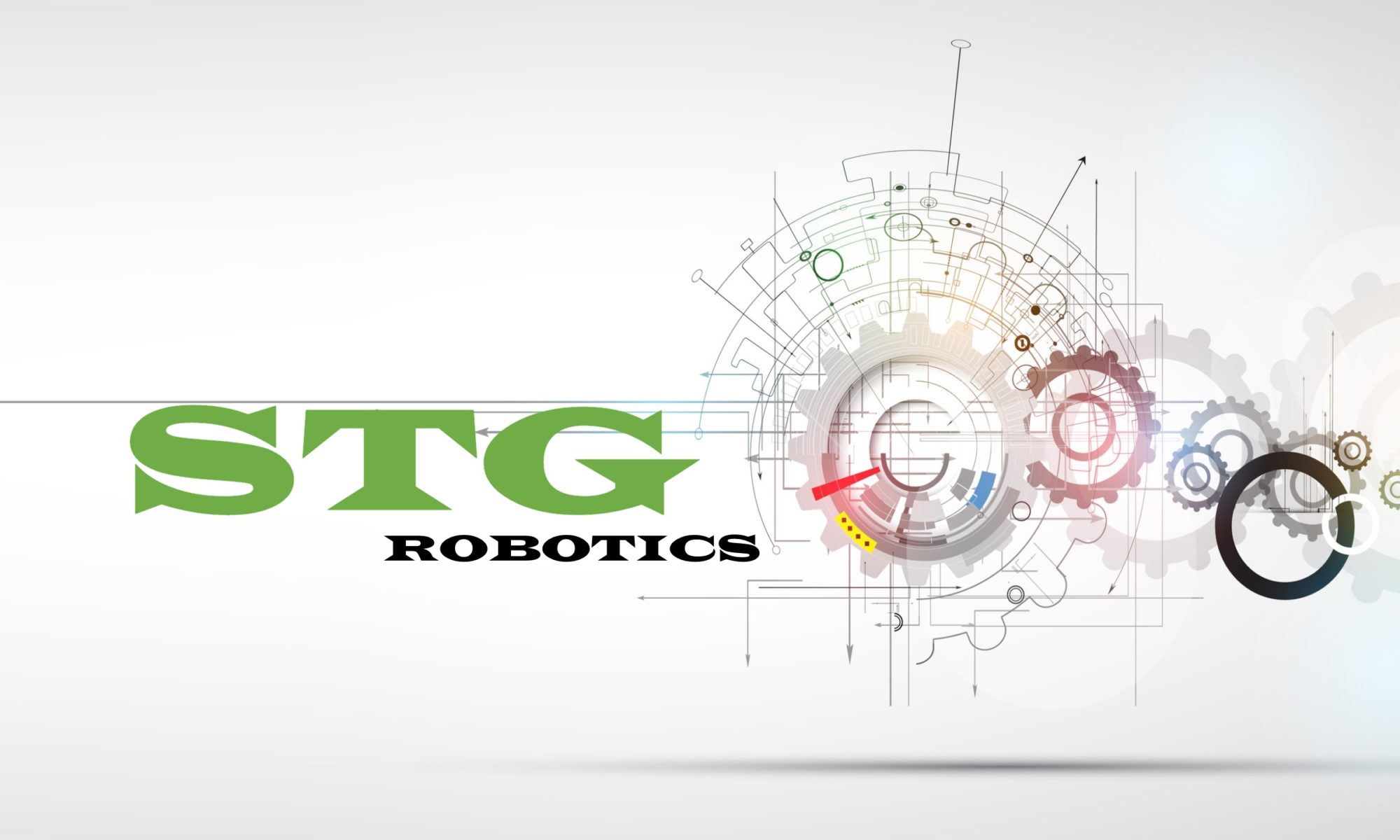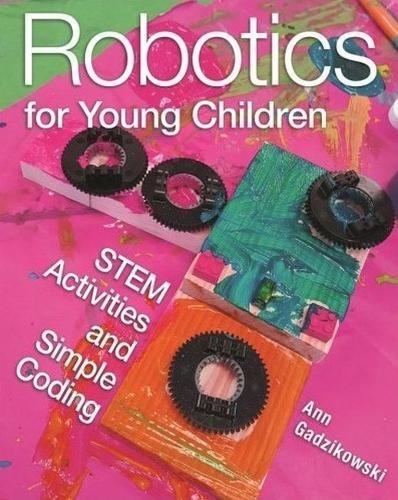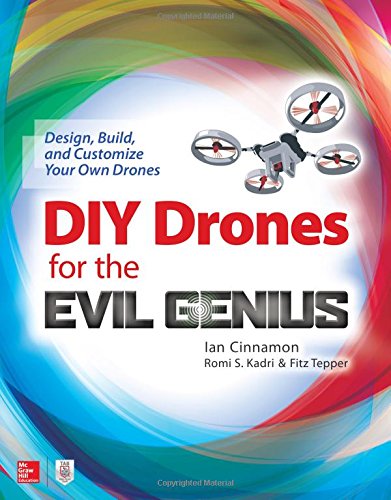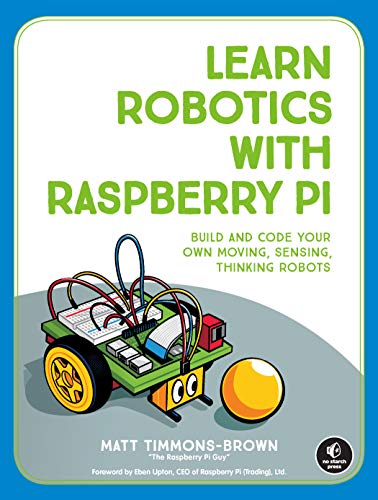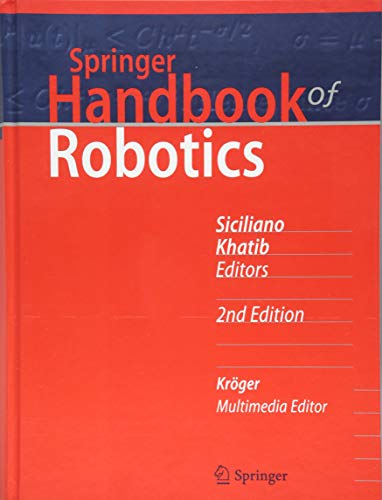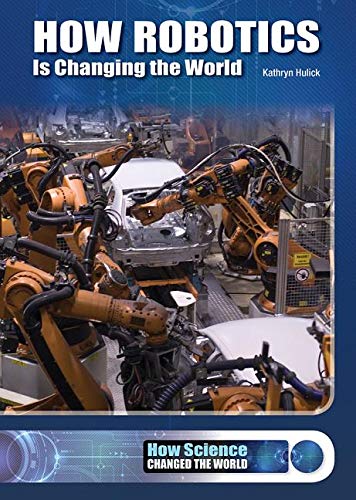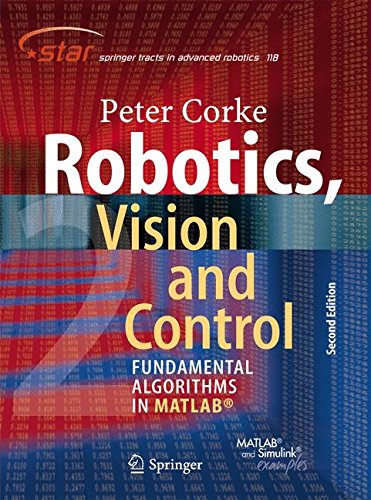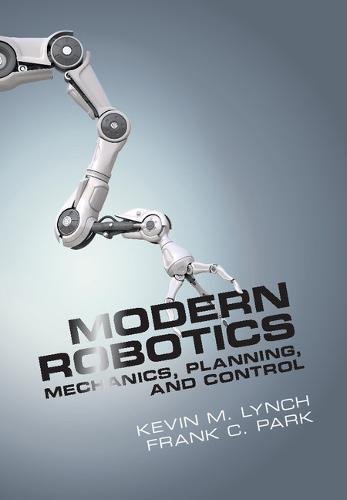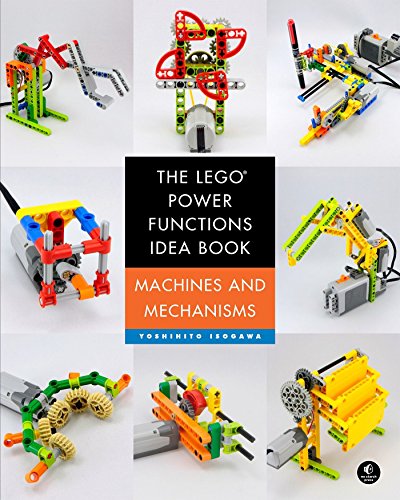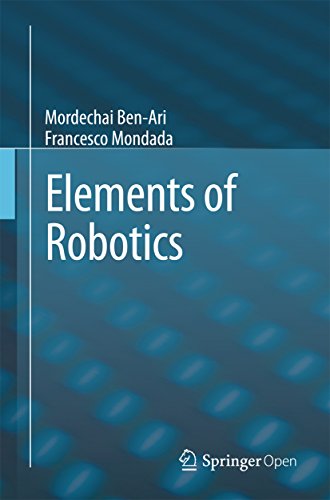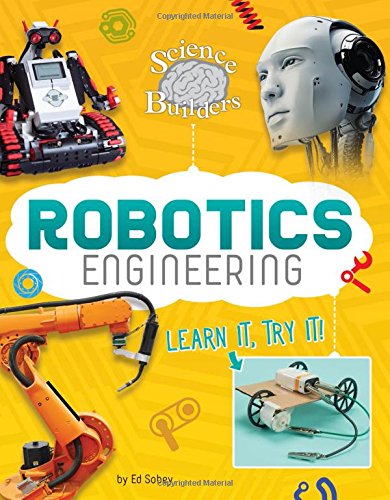Introduce young children to the building and programming of robots through playful, developmentally appropriate activities. Many early childhood professionals are unfamiliar with computer science, robotics, and engineering concepts. This user-friendly and accessible book gives teachers great ideas for engaging young children with 100 exciting hands-on computer science and engineering activities. The book can be easily included in a developmentally appropriate curriculum and offers a balance of adult-facilitated and child-centered activities.
Ann Gadzikowski has more than twenty-five years of experience as a teacher and director of early childhood programs, and is the Early Childhood Coordinator for Northwestern University’s Center for Talent Development and oversees the summer Leapfrog Program. Her book Creating a Beautiful Mess: Ten Essential Play Experiences for a Joyous Childhood won gold in the 2015 National Parenting Publications Awards.
